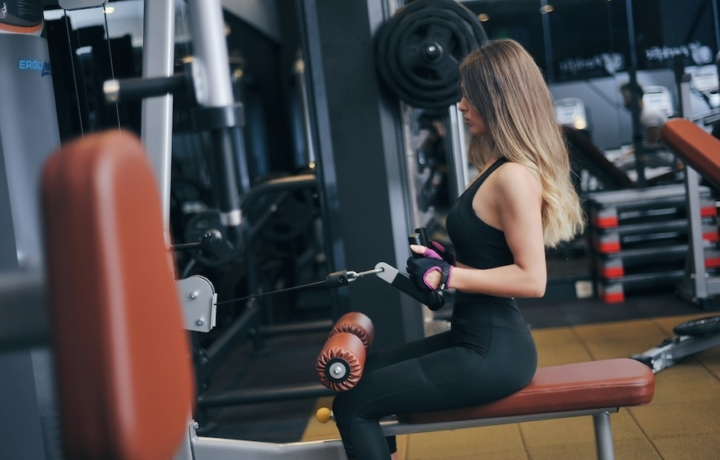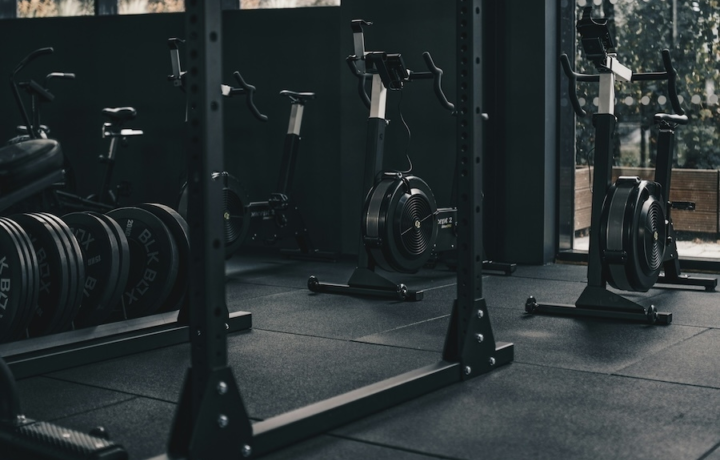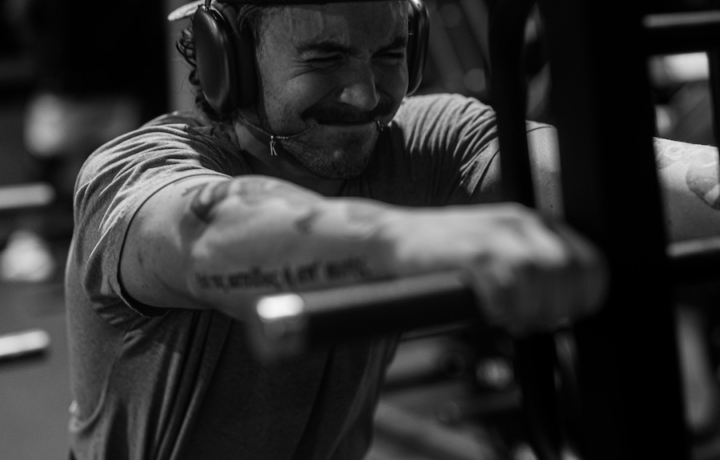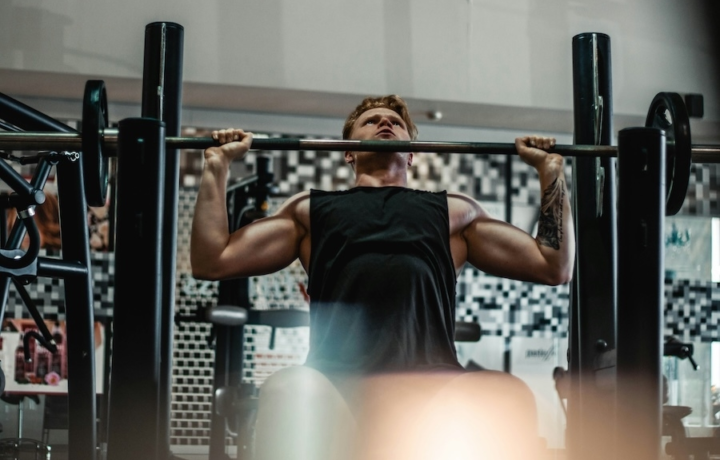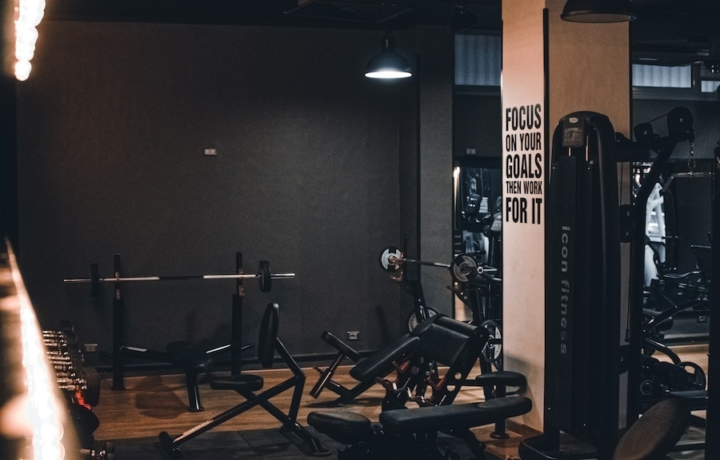Exercise
Cable Standing Face Pull (With Rope)

Cable Standing Face Pull (With Rope)
How to Perform
- Adjust the cable machine to chest height and attach a double rope attachment, then select an appropriate weight for your fitness level.
- Stand facing the machine with feet shoulder-width apart, grasp the rope with both hands using a neutral grip (palms facing each other), and step back until your arms are fully extended and you feel tension in the cable.
- Establish a stable stance by slightly bending your knees, engaging your core, and maintaining a tall posture with your chest up and shoulders pulled back.
- Inhale and initiate the movement by pulling the rope toward your face, leading with your elbows which should travel high and wide.
- As you pull, externally rotate your shoulders so that your knuckles move toward the ceiling and the ends of the rope travel toward your ears.
- Continue pulling until the center of the rope reaches approximately eye level, with your elbows positioned higher than your wrists and slightly wider than shoulder-width.
- Exhale at the end of the movement, squeeze your rear deltoids and mid-back muscles for 1-2 seconds, maintaining a proud chest position.
- Slowly control the return to the starting position by allowing your arms to extend forward while maintaining tension in your upper back muscles, then repeat for the prescribed repetitions.
Important information
- Keep your shoulder blades pulled down and back throughout the entire movement to properly engage the rear deltoids and prevent shoulder elevation.
- Avoid leaning backward during the pull – use a weight that allows you to maintain proper posture without compensating.
- Make sure your elbows travel high and wide rather than staying low, which ensures proper external rotation and posterior deltoid recruitment.
- If you experience shoulder pain, adjust the height of the cable or reduce the weight before continuing.

Cable Standing Face Pull (With Rope)
Exercise Details
Primary Muscles
Muscle Groups
Mechanic
Risk Areas
Built for progress
Take the guesswork out of training
Create personalized AI-powered workout plans that evolve with you. Train smarter, track every rep and keep moving forward, one workout at a time.






The Cable Standing Face Pull with Rope is an exceptional compound movement that deserves a place in any well-rounded fitness regimen. This intermediate-level exercise primarily targets the rear deltoids and trapezius muscles, making it invaluable for anyone seeking balanced shoulder development or addressing the common forward-shoulder posture that plagues many desk workers.
Unlike exercises that focus on the more visible front and side deltoids, face pulls specifically strengthen the posterior shoulder region, which is crucial for proper posture and shoulder health. The rope attachment provides a unique advantage, allowing for external rotation at the end of the movement that activates stabilizing muscles often neglected in conventional training.
For bodybuilders, face pulls offer that coveted 3D shoulder look by developing the rear deltoids, which create the illusion of wider shoulders when viewed from multiple angles. This exercise also serves as an excellent recovery tool for athletes who perform a lot of pressing movements, as it helps balance muscle development and can alleviate potential shoulder issues caused by training imbalances.
From a strength perspective, face pulls contribute to overall upper body performance by reinforcing the posterior chain. Strong rear delts and traps transfer power more effectively during compound movements like deadlifts, rows, and even bench presses. The stability gained from regular face pull training can help prevent injuries and enhance performance across various athletic endeavors.
What makes the cable standing face pull particularly effective is the constant tension provided by the cable machine throughout the entire range of motion. This continuous resistance ensures that the targeted muscles are engaged from start to finish, maximizing time under tension—a key factor for muscle development. Many strength coaches consider face pulls not just an accessory exercise but a fundamental movement for shoulder health and performance.
When incorporated consistently into your training routine, the cable standing face pull with rope can transform not only your physique but also your functional strength and posture, making it one of the most underrated yet beneficial exercises in the fitness arsenal.
FAQ - Cable Standing Face Pull (With Rope)
Cable standing face pulls primarily target the rear deltoids and upper trapezius muscles, while also engaging the rhomboids, middle trapezius, and external rotators of the shoulder. This makes them excellent for balanced shoulder development and improved posture.
Include face pulls 2-3 times per week, either as part of your shoulder/back workouts or as a warm-up before pressing movements. For postural correction, you can perform them more frequently with lighter weights (3-4 times weekly).
Avoid using excessive weight that causes you to lean back or use momentum instead of muscle control. Keep your core engaged, elbows slightly higher than your wrists, and focus on pulling the rope toward your face (not your chest) while externally rotating your shoulders at the end range.
Yes, face pulls can help prevent shoulder injuries by strengthening the rotator cuff and posterior deltoids, which counterbalance pressing movements. They improve shoulder stability and help correct the forward-shoulder posture that often contributes to shoulder impingement and pain.
Increase the challenge by slowing down the eccentric (lowering) phase to 3-4 seconds, adding a pause at full contraction, increasing the weight, or performing higher rep ranges (15-20) to build endurance in the posterior shoulder muscles.



